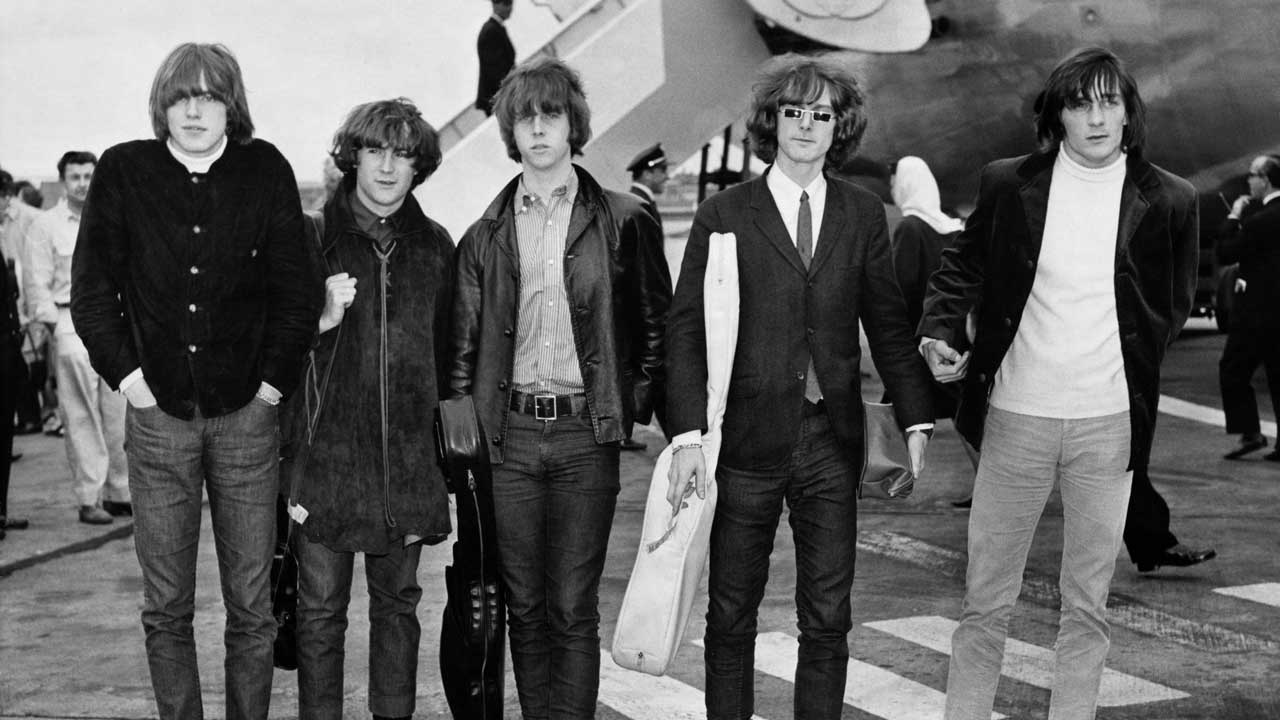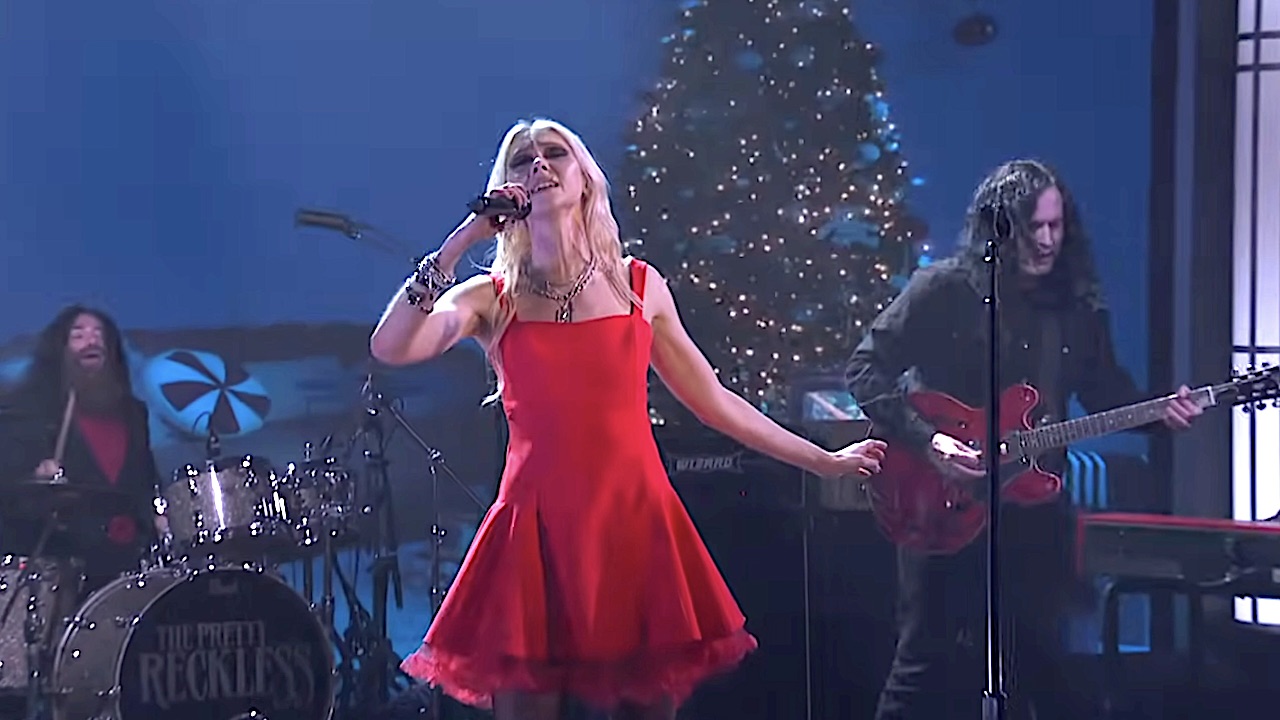The Byrds, Bob Dylan, and a guitar sound that defined the sixties
Roger McGuinn recalls The Byrds’ first-album flight of Mr Tambourine Man – and how that guitar sound was created

Before The Byrds formed in early 1964, guitarist/vocalist Roger McGuinn had worked as a folk singer on the acoustic coffee-house circuit during the early 1960s.
Neither he nor the rest of the band could have known that by the end of the following year they would have recorded one of the great albums of the era, and also created a guitars sound that would forever be synonymous with the 60s.

“Coming up to recording the album, we had a residency at Ciro’s on the Sunset Strip playing five twenty minute shows a night. I’d already recorded the album’s title track as a single with [ace LA session musicians] The Wrecking Crew – Leon Russell, Hal Blaine, Jerry Cole, Larry Knechtel and Bill Pitman – at the insistence of the album’s producer, Terry Melcher, which was pretty standard for the time.
“The rest of the band members were disappointed, but personally I was quite excited playing, because these guys were real pros. Terry Melcher finally came around. David Crosby was the most vocal member of the band about playing on all the tracks. We’d all been influenced by The Beatles, and the Beatles played on their own tracks, so it was important for The Byrds to play on our own tracks.
“When we first went into the studio we were overwhelmed by the size of everything. I was just amazed by the incredible equipment they had. It was just so professional and heavy-duty.
“The signature 12-string Byrds guitar sound that we discovered on that album was not as deliberate as you might think. It came as a result of me watching the movie A Hard Day’s Night and taking notice of the instruments that The Beatles were playing. George Harrison was playing what looked like a Rickenbacker six-string, and then he turned sideways and I could see six other tuning pegs at the back like a classical guitar."
“So I went and bought one and we plugged it in in the studio. Ray Gerhardt was the engineer for the Mr. Tambourine Man album, and he put a compression on the Rickenbacker 12-string that gave it a sustain that it didn’t have on either The Beatles recordings or anybody else’s recordings at that point. I think that’s what gave it the distinctive sound. And then I approached it as I had the five-string banjo, doing three-finger picking on the 12-string.
Sign up below to get the latest from Classic Rock, plus exclusive special offers, direct to your inbox!
“We were obviously being influenced by The Searchers and other British groups. I put the riff from Needles And Pins into I Feel A Whole Lot Better. When You Walk In The Room was also an influence.
“We covered four Bob Dylan songs on the album because we were still feeling our way as songwriters. Gene Clark was writing all of the songs, I wasn’t writing a lot, neither were David Crosby or Chris Hillman. And Dylan’s material was just the best around. He was writing things that you could think about. Prior to that, rock’n’roll had just been ‘Hey, baby, I love you’, kind of stuff.
“He came to one of our rehearsals before we recorded Mr. Tambourine Man, and I remember him saying: ‘Wow, you can dance to it, man.’”

Classic Rock’s Reviews Editor for the last 20 years, Ian stapled his first fanzine in 1977. Since misspending his youth by way of ‘research’ his work has also appeared in such publications as Metal Hammer, Prog, NME, Uncut, Kerrang!, VOX, The Face, The Guardian, Total Guitar, Guitarist, Electronic Sound, Record Collector and across the internet. Permanently buried under mountains of recorded media, ears ringing from a lifetime of gigs, he enjoys nothing more than recreationally throttling a guitar and following a baptism of punk fire has played in bands for 45 years, releasing recordings via Esoteric Antenna and Cleopatra Records.
